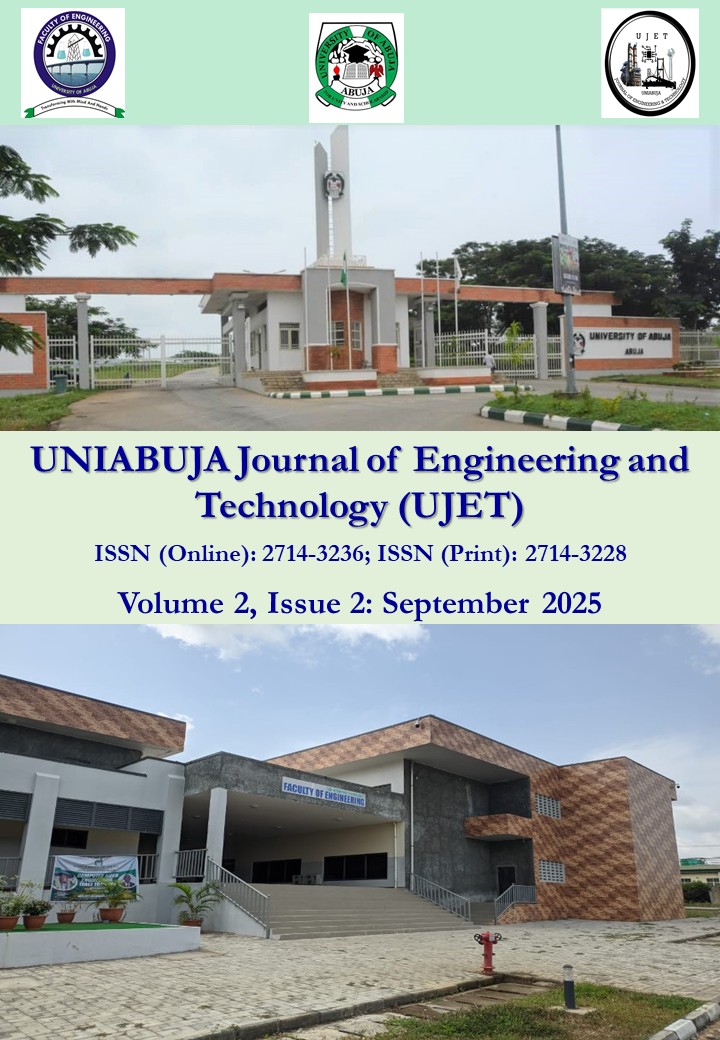Stress Management Influence on the Work-Life Balance of Construction Professionals in the Public Service of Abuja, Nigeria
Keywords:
Stress, stress management, work-life balance, professionals, public serviceAbstract
The construction industry is widely recognised as a high-stress environment due to factors such as time pressure, mental demands, workflow interruptions, and long working hours. Maintaining a healthy work-life balance is essential for managing stress and enhancing employee performance. This study explores the influence of stress management on the work-life balance of construction professionals in Abuja’s public service sector, aiming to promote awareness and healthier workplace practices. A quantitative research design was adopted, using structured questionnaires to gather data from randomly selected respondents in the Federal Capital Territory. Data were analysed using descriptive statistics (tables) and inferential statistics (Spearman’s rho). Findings reveal that heavy workloads (MIS = 4.56) and tight deadlines (MIS = 4.54) are the major sources of stress among public service construction professionals. Planned problem-solving (MIS = 4.46) and general problem-solving (MIS = 4.45) emerged as the most effective stress management strategies. Overall, these strategies were rated as very effective (MIS = 4.26). Respondents strongly agreed on the importance of work-life balance, with an average Relative Importance Index (RII) of 0.84 across ten statements. The study concludes that effective stress management significantly influence work-life balance. While heavy workloads remain a key stressor, proactive stress management can mitigate its negative effects. It is recommended that government and industry stakeholders formulate work-life balance policies tailored to the local socio-institutional context to promote employee well-being and job satisfaction in the construction sector.
Downloads
Published
How to Cite
Issue
Section
License
Copyright (c) 2025 UNIABUJA Journal of Engineering and Technology (UJET)

This work is licensed under a Creative Commons Attribution-NonCommercial-ShareAlike 4.0 International License.
